Get PeakVisor App
Sign In
Search by GPS coordinates
- Latitude
- ° ' ''
- Longitude
- ° ' ''
- Units of Length

Yes
Cancel
Share ×

Scan the QR code and open PeakVisor on your phone
❤ Wishlist ×
Choose
Delete
Taking its name from the Jammu region and Kashmir Valley it contains, Jammu and Kashmir is one of India’s eight union territories and the second largest in population and area. The numerous valleys, 596 named mountains, and cultural significance have made the state into a popular destination for tourists and religious pilgrims alike.
The contrast between the snowy peaks and green meadows represent the diversity of experiences within Jammu and Kashmir, where ski resorts, golf courses, apple farms, and flower gardens coexist, and elaborate Hindu shrines stand tall on hillsides or amid craggy mountains.
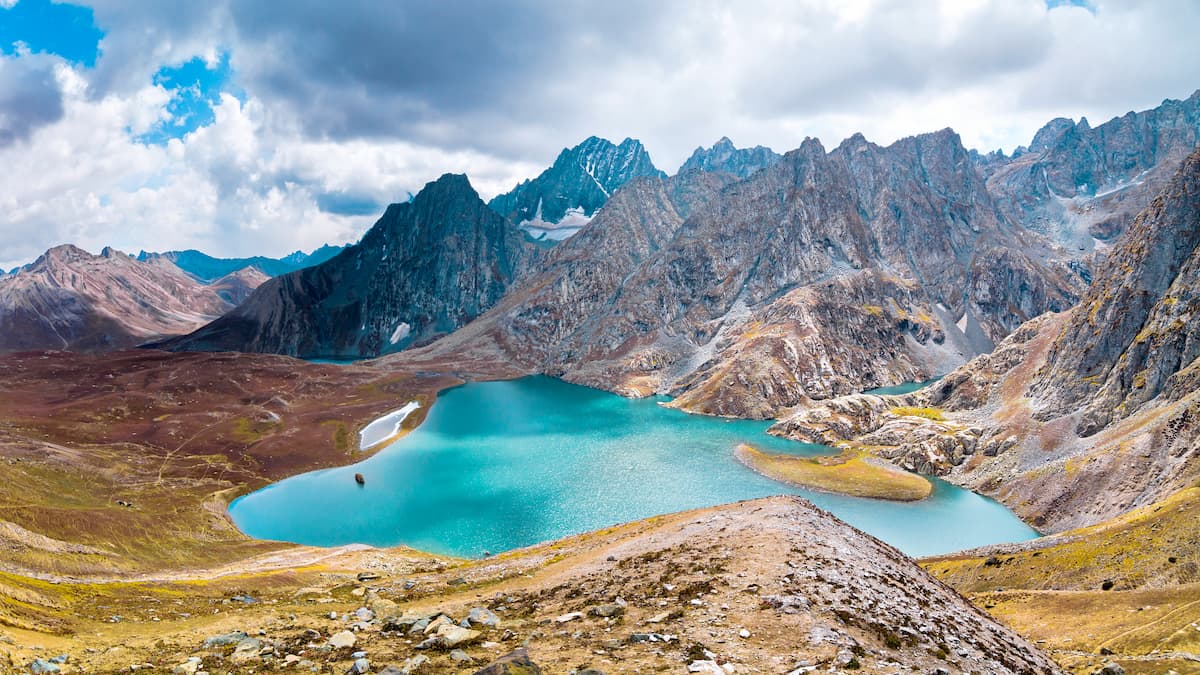
The highest and most prominent of these mountains is the peak of Nun, standing at 7,135m/23,408ft tall with a prominence of 2,404m/7,887ft. Of the Indian side of the Line of Control, Nun is regarded as one of the highest peaks in the Himalaya, alongside its neighbor of Kun Peak, joined by the same mountain massif.
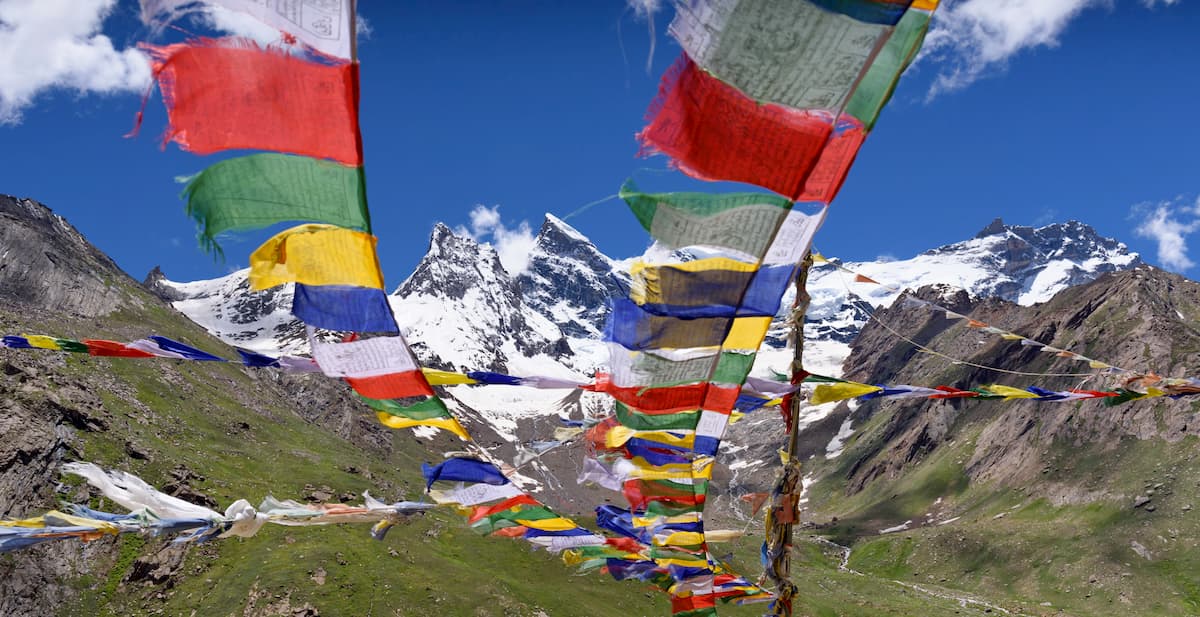
Jammu and Kashmir has a long and complicated geographical history. It rests in the far north of India, bordering Pakistan, with whom there have been many conflicts about border placement and territorial acquisition.
Jammu and Kashmir is separated from Pakistan by the Line of Control, with the Pakistani territories of Azad Kashmir and Gilgit-Baltistan its neighbors to the west and north. To the south are the Indian states of Himachal Pradesh and Punjab, and to the east is the fellow union territory of Ladakh.
Administratively, the territory is split into two divisions, with the Jammu Division to the south and Kashmir Division to the north. Each division has ten of its own districts, for a total of twenty districts within the territory. The city of Srinagar, in the Kashmir Division, is used as the summer capital, while the city of Jammu, in the Jammu Division, is the winter capital.
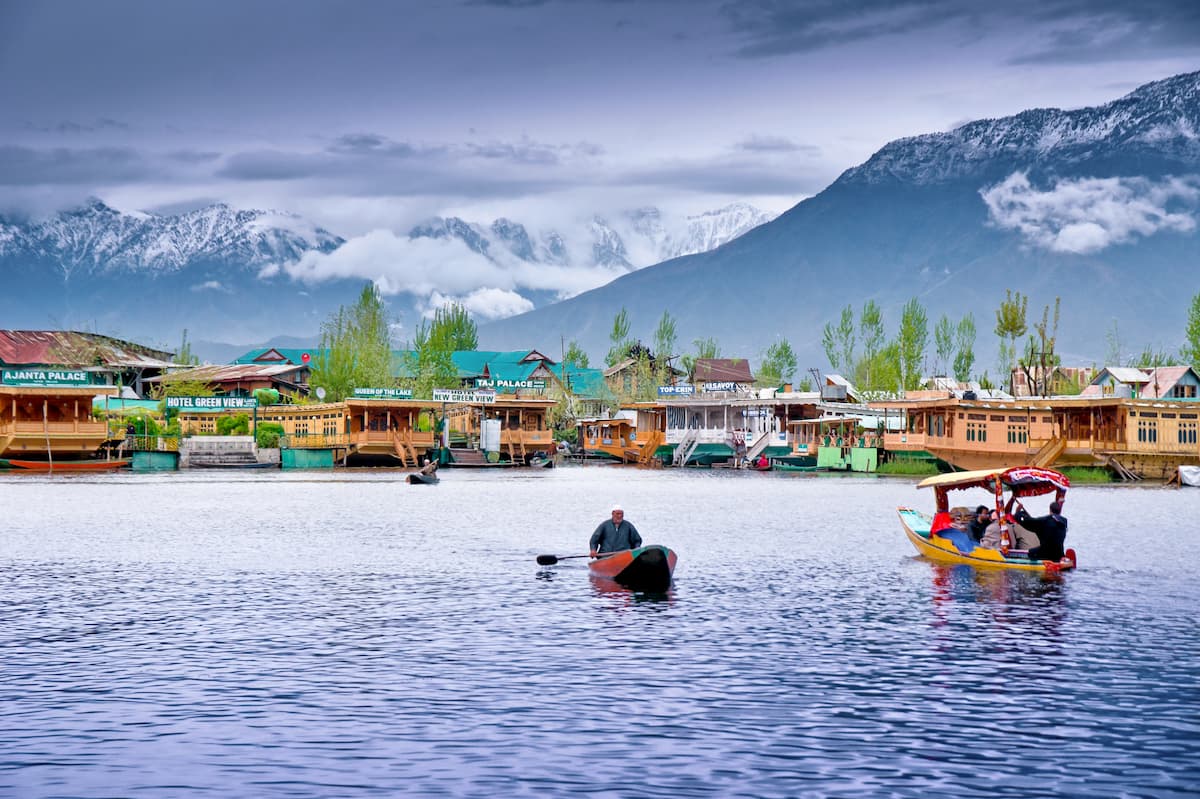
Several valleys make up the topography of Jammu and Kashmir, such as the eponymous Kashmir Valley, as well as the Lidder Valley, Sind Valley, and others. The Kashmir Valley is separated from the Tibetan plateau by the Himalaya mountains to the northeast, with the Pir Panjal range to the west and south separating the valley from the Great Plains of northern India.
The Kashmir Valley itself has an average elevation of 1,850m/6,070ft, with the Pir Panjal range that encloses it at an average of 3,048m/10,000ft above sea level.
Running through the Kashmir Valley is the Jhelum River, which holds major historical and religious significance, and continues to be an important site in Kashmir today, alongside the Tawi, Ravi, and Chenab rivers.
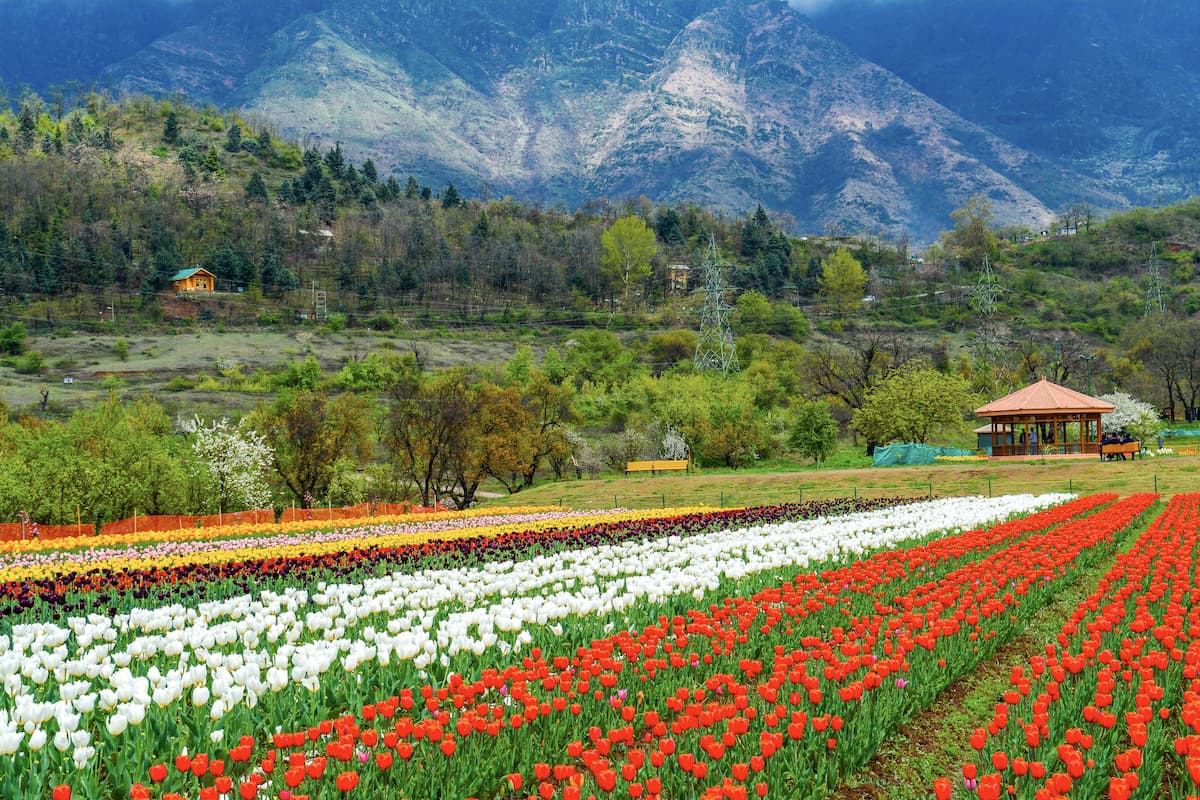
The flanking Himalaya and Pir Panjal mountains create an especially dynamic landscape and geology for the region. In the northeast, the foothills of the Himalaya, stretching toward the slopes, creating inner and outer zones formed by different processes.
The inner zone contains particularly massive sedimentary rock such as red sandstone, largely dated from the Miocene, as opposed to the smaller sandstones, clays, silts, and conglomerates of the outer zone. The rock of the inner zone has forged plateau remnants and steep spurs after millennia of erosion, folding, and fracturing, while the folding and erosion of the outer zone resulted in ridges and valleys.
The discharge of the foothill streams has formed interlocking alluvial fans that constitute the narrow strip of plains in Jammu and Kashmir. These plains are canvassed by loam and silt from the Pleistocene age. Meanwhile, the higher stretches of the Himalaya, known as the Great Himalaya zone, is a geologically complicated area that experienced heavy glaciation during the Pleistocene Epoch, with some glaciers and snowfields remaining.
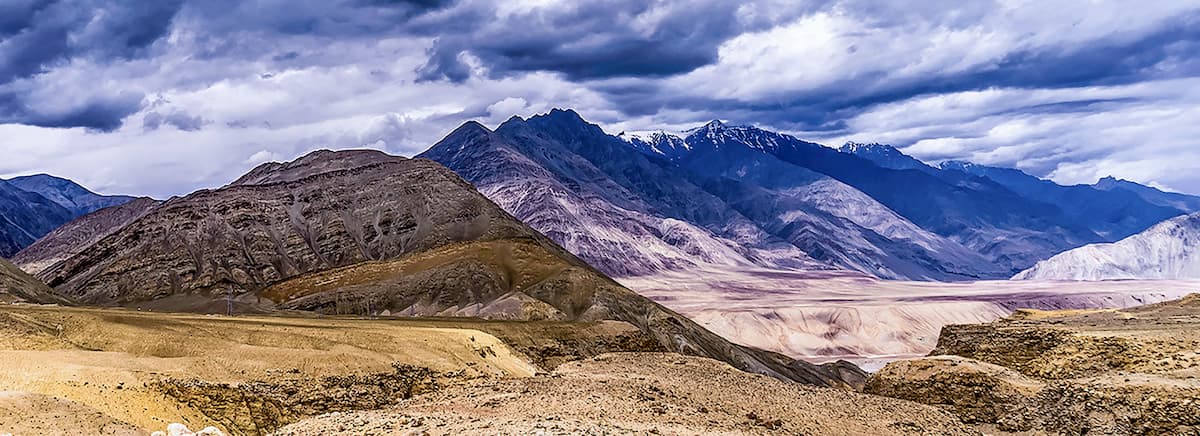
The other major range, the Pir Panjal, comprises ancient slates, gneisses, granites, and quartz, the result of much fracturing and uplift activity, though at one point the mountains were heavily glaciated during the Pleistocene.
The river valleys of Jammu and Kashmir have been deeply cut into the earth with a heavy amount of terracing, with intense faulting creating various alluvial basins nearby. The Kashmir Valley itself was once filled by a large lake, specifically during the Pleistocene, though it is now covered in lacustrine sediments and Jhelum River alluvium deposits.
The great variations of altitude has created numerous climates within the Kashmir region. The Jammu Division in the south is mainly a humid, subtropical climate, while the Kashmir Valley itself tends to be more moderate. Southwestern Kashmir, where much of Jammu is, lies in monsoon territory, though the Pir Panjal Range prevents monsoons from effecting the valley and the adjacent hills of the Himalaya.
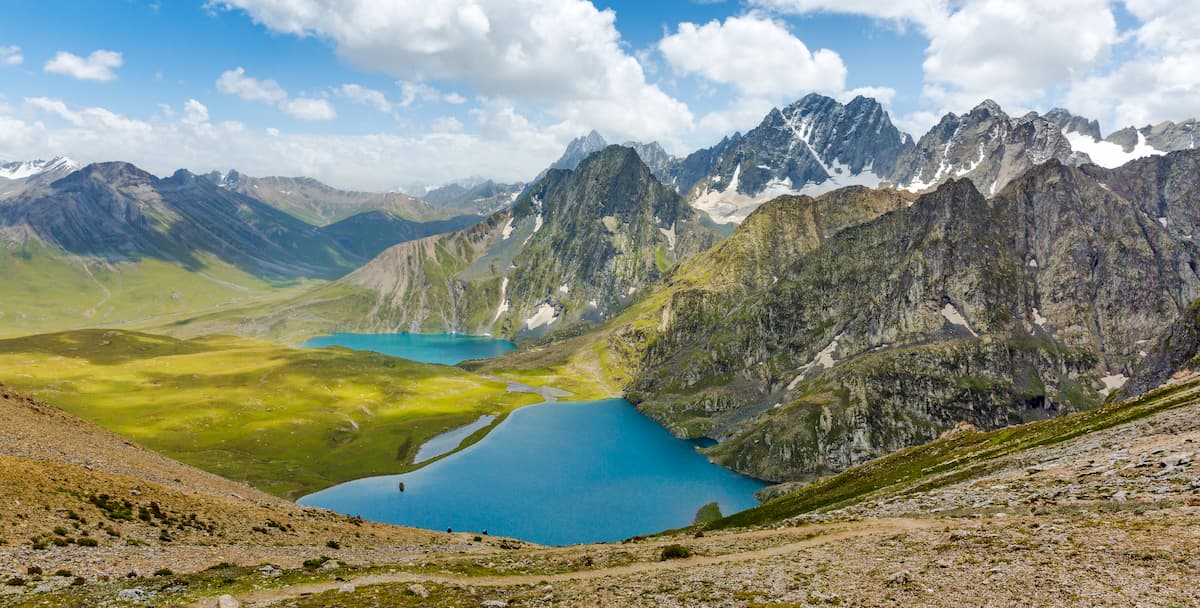
Those areas, however, do receive precipitation, both blown in by the wind currents of the Arabian Sea, and on the peaks of the Himalaya and the Pir Panjal mountains where snow concentrates and melts throughout spring and early summer.
There are around 20,230km2/7,810mi2 of forests in Kashmir, whether they be the tropical deciduous forests of the Jammu foothills or the temperate forests of the valley. Vegetational zones in Kashmir are generally defined by elevation, beginning with tropical forests up to 1,500m/4,921ft above sea level, populated mostly by semi-deciduous plants such as the North Indian rosewood, catechu, and sal tree.
An abundance of oaks and rhododendrons overwhelm the temperate landscape between 1,500m/4,921ft and 3,500m/11,483ft above sea level, as well as certain zones more heavily populated by cedars, firs, and spruces.
The alpine grasslands above contain barberry shrubs and cotoneasters, as well as rhododendrons and junipers amid herbaceous populations of irises, geraniums, anemones, and many others, as Kashmir as a whole has a reputation for its herbaceous and often medicinal plant communities.
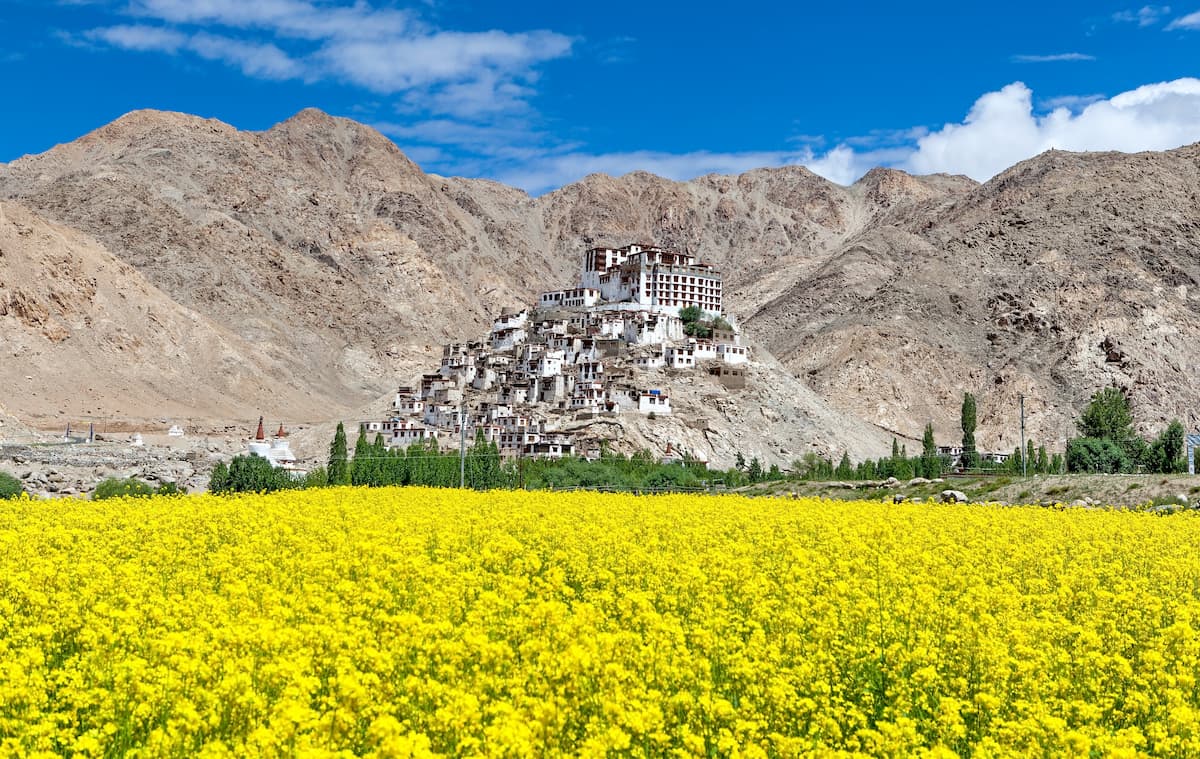
As for fauna, the extraordinary diversity and rarity of the species of Kashmir has resulted in the establishment of many national parks, reserves, and sanctuaries, such as the population of Kashmir stag in the Dachigam National Park.
Carnivores such as snow leopards, Himalayan wolves, jackals, jungle cats, and leopard cats can be found alongside unique ungulates like the musk deer, markhor, and serow. Smaller mammals, like Himalayan mouse-hares and weasels, Indian porcupines, long-tailed marmots, and yellow-throated martens, also populate the region, as well as langur monkeys and hundreds of species of birds.
The history of the Kashmir region in which Jammu and Kashmir reside is certainly a long and tumultuous one, as can be seen in the modern-day conflicts surrounding the region. Early Neolithic sites in the valley have been dated back to 3000 BC, during which inhabitants mainly lived on hunting and fishing, though it is likely they cultivated lentils, wheat, and barley as well.
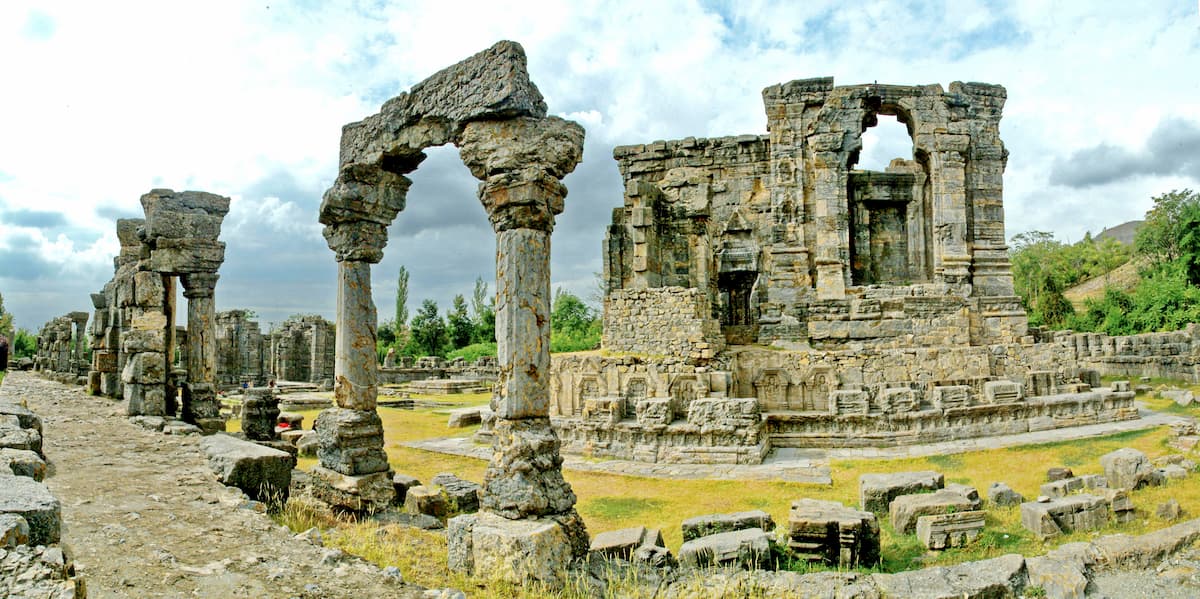
During the Vedic period, taking place between 1500 and 1100 BC, Kashmir was newly settled by the Uttara-Kurus kingdom. Then, in the third century BC, Kashmir was enveloped into the Maurya Empire, who spread Buddhism throughout the subcontinent and thus into Kashmir. This inspired the building of Buddhist structures, alongside Hindu shrines as well.
During the second century BC, however, it was the Kushan dynasty who took control of Kashmir, who continued to support Buddhist tradition. Kashmir became a major location for both Buddhist and Hindu academia in the coming centuries, but when White Huns conquered Kashmir in the 6th century AD, many Buddhist sites in Kashmir were destroyed, and Buddhists themselves were subject to cruelty.
Hinduism in Kashmir continued to develop, birthing numerous scholars and artists who would become important culturally and religiously. The Karkota Empire took control of Kashmir in the 8th century, a typically Hindu empire that was nonetheless accepting of Buddhism and allowed for Buddhist structures in their cities.
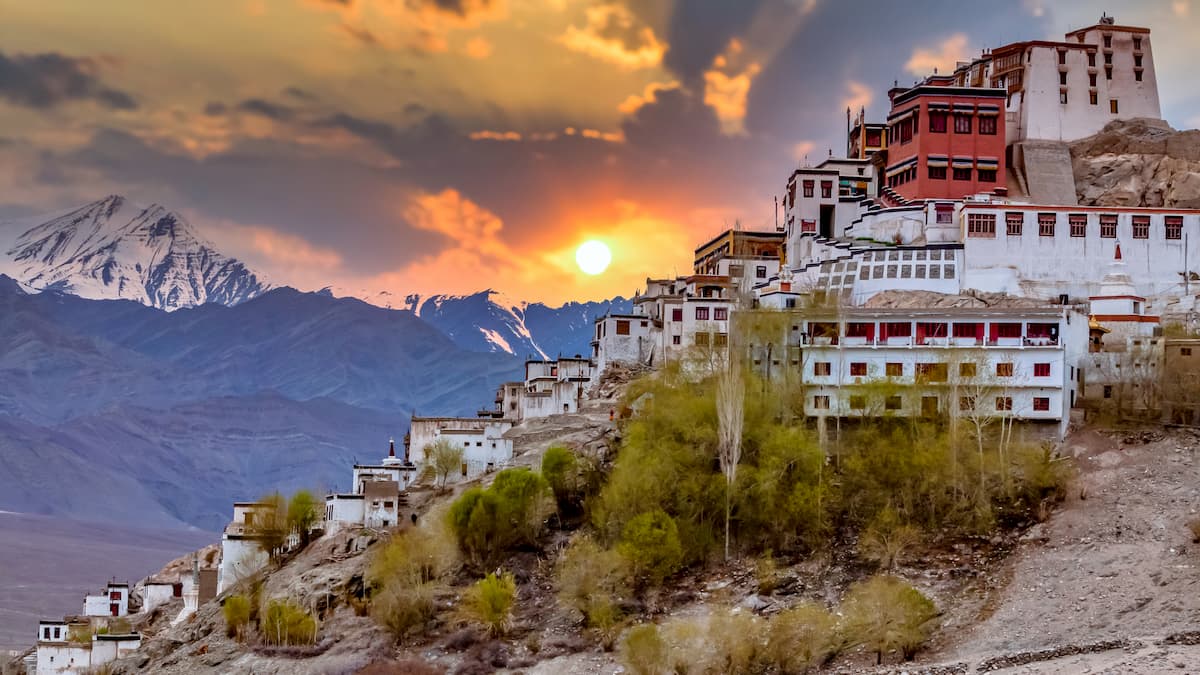
Throughout this time, Kashmir became an imperial power in the region, though the importance would wane after 855-856 AC once the contemporary dynasty ended. This was succeeded by the Utpala dynasty and then the Lohara dynasty, a seemingly unpopular rule that fostered instability ideal for foreign forces to exploit.
The final Lohara king fled Kashmir with the raid by a Turkic-Mongol chief on the kingdom, after which a man named Rinchana made himself ruler and converted to Islam. This was part of a greater Islamization of Kashmir as a whole, with Islam becoming the major religion in Kashmir during the 1300s.
A series of Sultans ruled Kashmir during the next centuries, and were often tolerant of other religions, though Sultan Sikandar was particularly infamous for his oppression of non-Muslims. In the 1500s came the Mughals, a reign which lasted until the 1750s when Sikh armies conquered the region and established anti-Muslim laws.
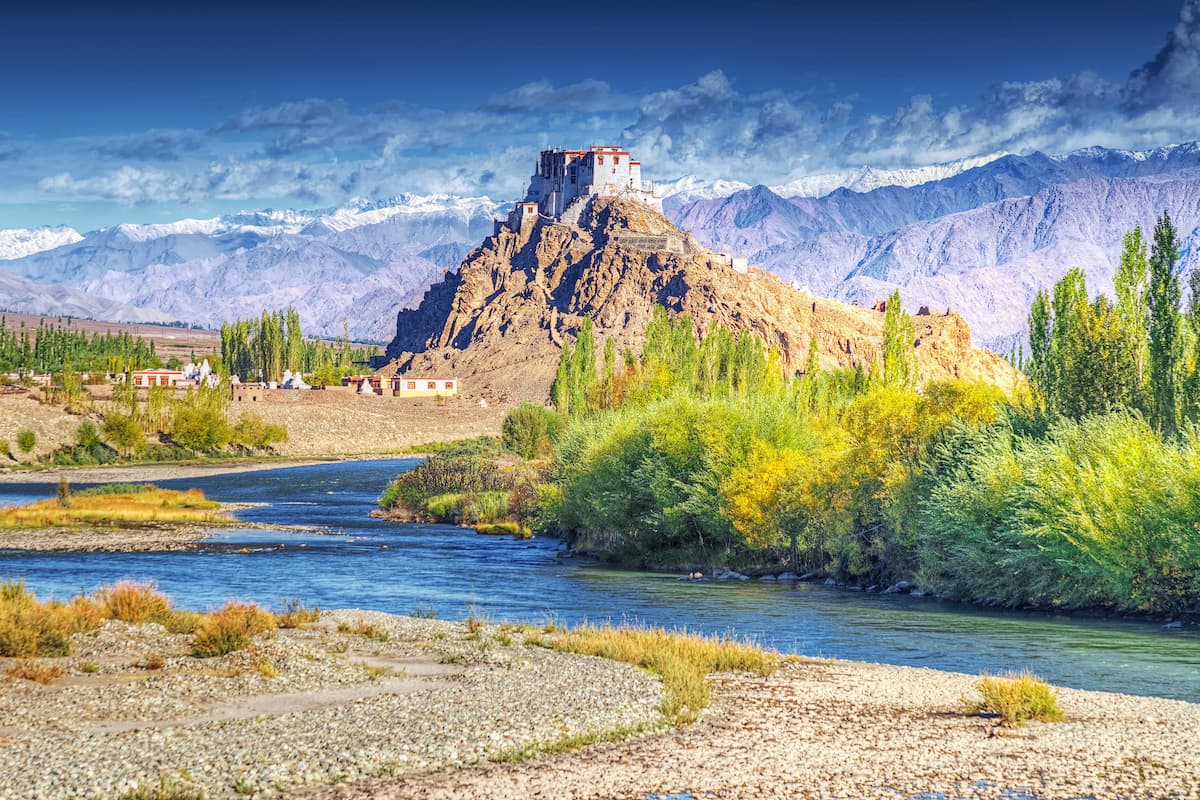
The First Anglo-Sikh War in 1845 resulted in the new princely state of Jammu and Kashmir falling into the hands of the British East India Company and British Raj, combining numerous disparate regions of varying cultures and populations.
Numerous national parks and wildlife sanctuaries provide opportunities to hike through and experience the natural beauty of the Kashmir Valley and its neighboring mountain ranges, though there are certainly plentiful opportunities outside park lines as well.
One such park is the Dachigam National Park, not too far from Srinagar, whose vast diversity in terrain and wilderness has deemed it a protected area since 1910. Treks such as the massive Dachigam-Marsar Trek lead in and out of the park, snaking through the grasslands and rocky outcrops of the Zabarwan Range.
Also near Srinagar is the Gulmarg Wildlife Sanctuary, where the sub-alpine forests, nearly 100 species of birds, and sightings of Himalayan brown bears, black bears, leopards, and more make it a fascinating place to explore.
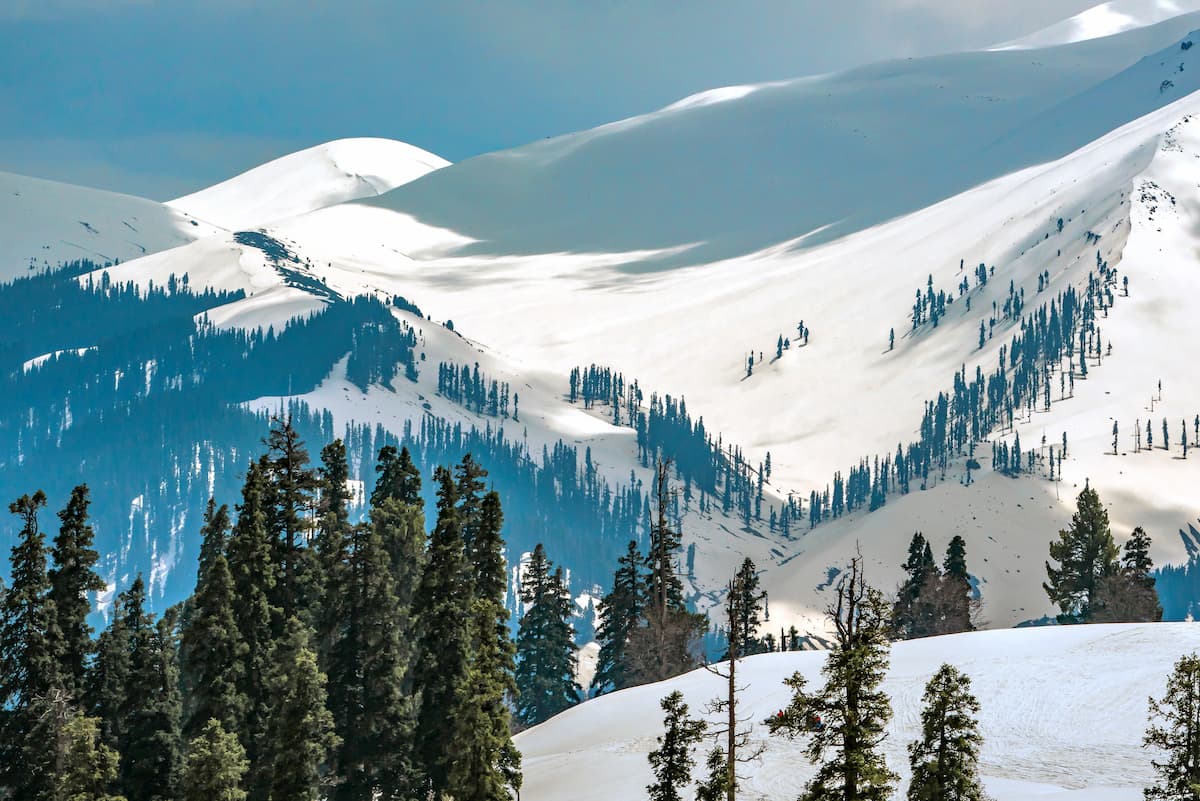
The Kishtwar National Park is another notable national park, characterized by rugged terrain and high altitudes, to and through which several treks run.
The Overa-Aru Wildlife Sanctuary rests along the Lidder River, containing the Tarsar Lake and Kolahoi mountain. The sanctuary is a popular visiting and hiking destination for its views and the rare species, such as the Kashmir stag and Egyptian vulture, that populate its lands.
There are also the Rajparian and Hirpora Wildlife Sanctuaries, with well-forested landscapes and a focus on preserving endangered species.
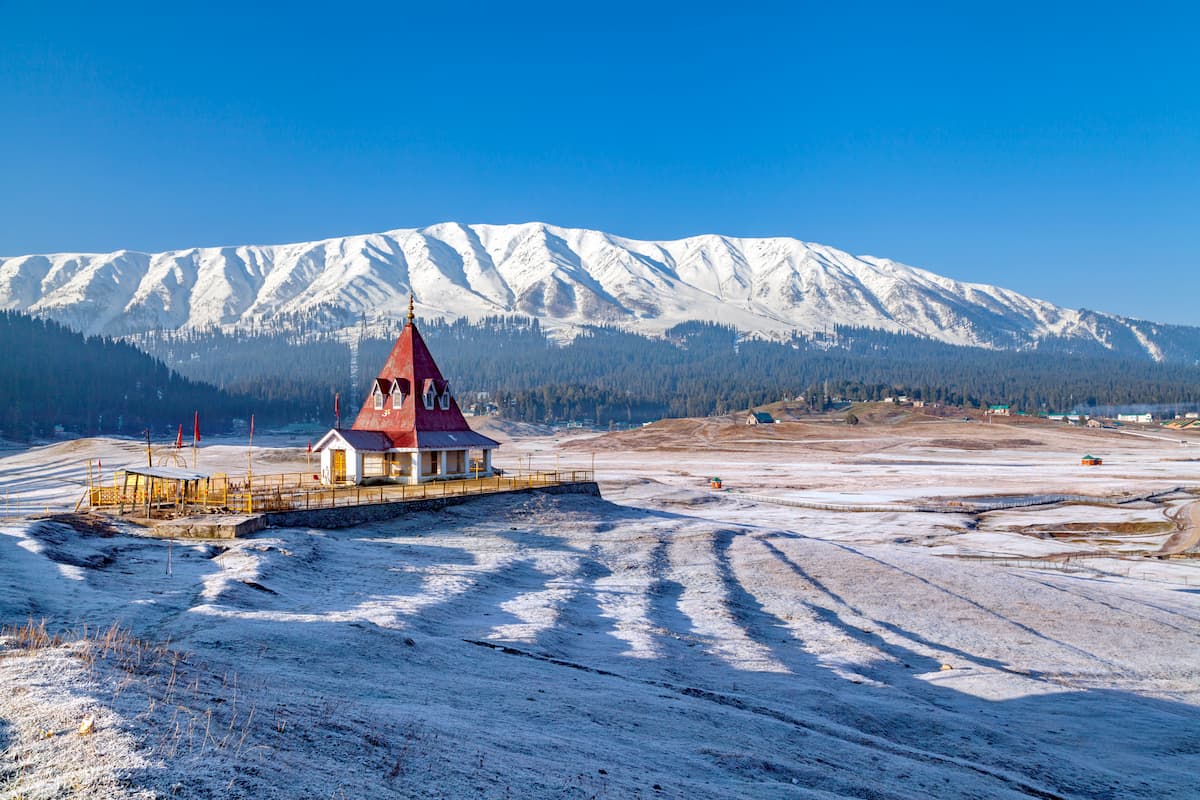
Otherwise, there are plentiful opportunities for trekking all throughout the territory, with routes such as the Amarnath Yatra, Gulmarg Trekking, Sonamarg Trekking, and Thajiwas Trek that follow pilgrimage routes, wind through the mountain ranges, or journey across the Kashmir Valley.
While Jammu and Kashmir is perhaps best known for its natural landscapes and outdoor opportunities, like skiing, hiking, or trekking, it is also home to many old and storied cities rich with traditional architecture and cultural significance. These cities typically lie along the territory’s many rivers, with highways and railways woven between them.
The largest city and summer capital of Jammu and Kashmir, as well as the northernmost Indian city with over a million people, Srinagar is a location of great importance and great beauty. Over time, it has been called the “Venice of the East” for its many waterfronts and lakes, often populated by houseboats, alongside beautiful Mughal and botanical gardens and a stunning natural environment from its position along the vibrant banks of the Jhelum River.
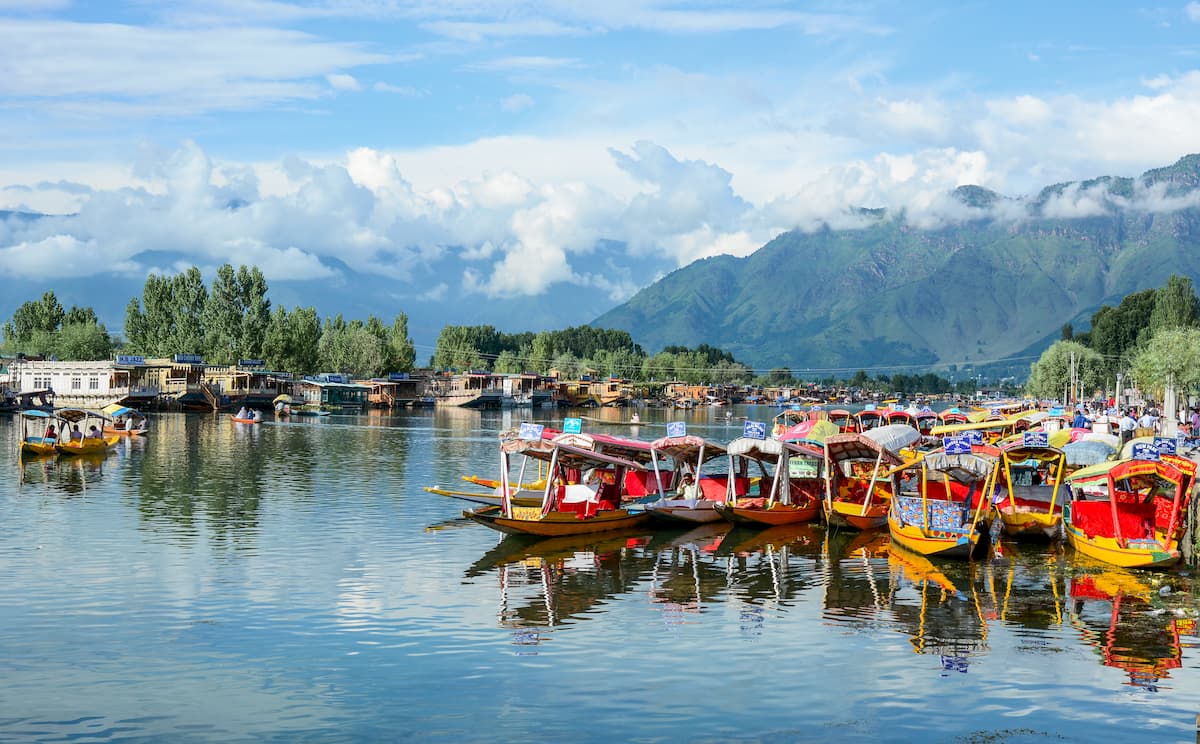
The unique stone construction of Shankaracharya Temple and intricate landscaping of Kheer Bhawani Temple are two of the area’s most significant Hindu temples. Likewise, Srinagar hosts numerous palaces, structures, and mosques, such as the Sher Garhi and Gulab Bhavan Palaces, Hazratbal Shrine, and Pari Mahal complex, that make it a true architectural wonder.
Like much of the Kashmir Valley, Srinagar is a premiere location for the production of traditional Kashmiri crafts and foods, like shawls and dried fruits.
The second most populous city and winter capital of Jammu and Kashmir is Jammu, otherwise referred to as the “City of Temples” for its many temples and shrines. Such temples, like the spiral towers of Raghunath, alongside palaces like the stylistic medley of Mubarak Mandi and the European-style castle of Amar Mahal, have contributed to its status as the most visited location in Jammu and Kashmir.
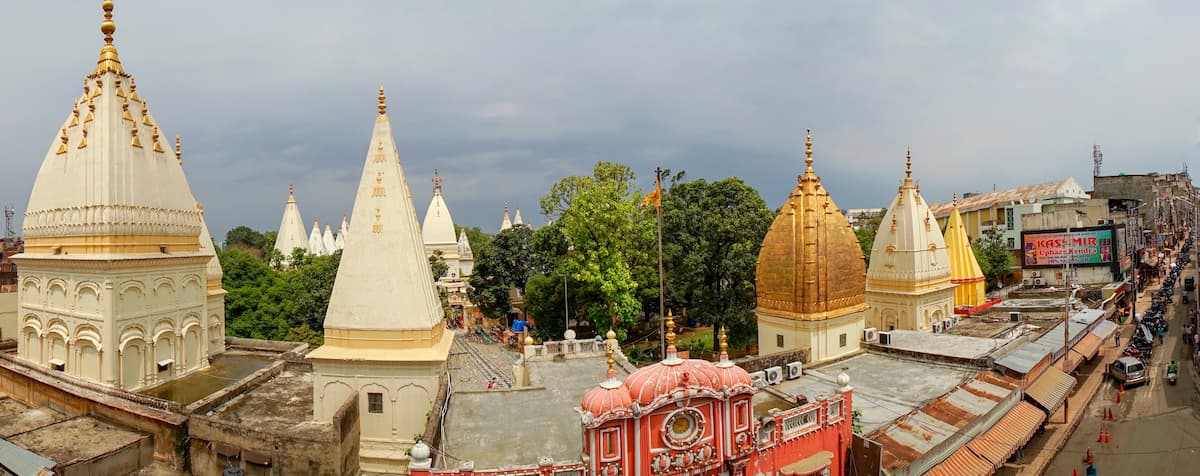
The popularity of Jammu is also a result of its location as a starting and/or central point for the pilgrimages of Amarnath Yatra and the Vaishno Devi Temple, attracting all sorts of visitors throughout the year during various pilgrimage seasons.
The old city looks over the Tawi River from the north, with newer neighborhoods sprawling around the south, with the former on the right bank of the river and the latter on the left. The city as a whole is also known for its rich cuisine and for being a local producer of Basmati rice.
Explore Jammu and Kashmir with the PeakVisor 3D Map and identify its summits.








